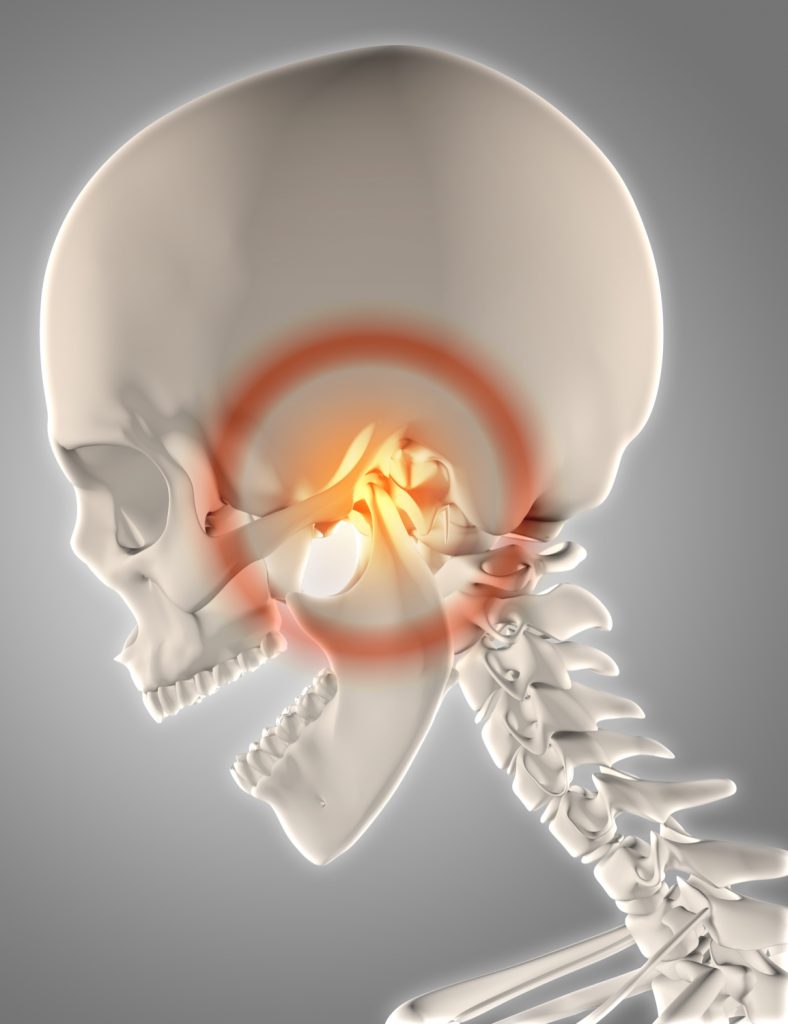The treatment of TMJ diseases, also known as the craniomandibular joint, is a joint with which we can open and close our mouth and which is located between the head and lower jaw. As with all joints in our body, the articular surface consists of the cartilage structure. The joint disc is a concave cartilage structure on both sides, which enables the movements of the temporomandibular joint. Any pressure on the articular cartilage for any reason causes the cartilage to lose water and thus shrink the volume. As cartilage cells are unable to regenerate, joint pressure disorder occurs with continued pressure. The causes of TMJ disorders can be accidents and bumps, rheumatism and clenched teeth.
The main function of the lower jaw is chewing and speaking. During the maximum jaw opening, the temporomandibular joint performs two different movements, simple joint movements and forward sliding and rotating movements.
Closures that cause deviations from the normal position of the mouth cause cramps in the masticatory muscles, which is one of the main causes of malfunctions in the temporomandibular joint. There is a classic trilogy of pain in jaw dysfunction.
